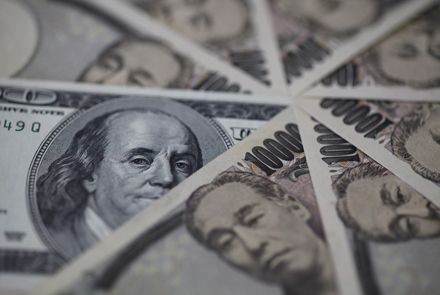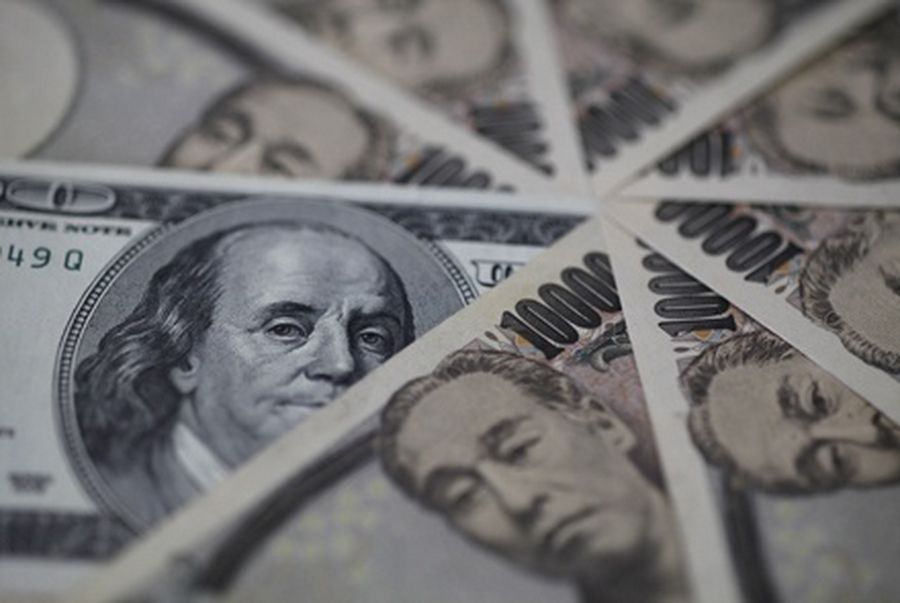The G3 market has been all about US dollar funding in recent years, but the greenback is not the only truly global currency on offer to Asian issuers. As dollar rates rise, the Samurai market is back in focus.
Samurai issuance continued unabated when the offshore dollar bond primary market shut resolutely after the US quantitative-easing scare in May. The Samurai market has been able to provide size, investor diversification and, in some cases, after-swap cost savings to issuers. Still, it remains a deeply conservative arena from the credit perspective.
Implied funding costs in the Samurai market rose sharply following the announcement in April of the Bank of Japan’s ambitious quantitative-easing plan to purchase ¥7.5trn (US$78.6bn) of yen bonds, including long-dated and corporate paper. Indeed, as a result of the announcement and the consequent spike in yields on Japanese Government bonds from record lows, Toyota Industries and Lixor pulled their planned deals.
Volatile JGB yields and portfolio losses that institutional investors suffered on their holdings dampened bids for Samurais to the extent that many market players despaired of when they would see a reopening.
Still, the round of JGB volatility eventually initiated a willingness among investors to embrace the Samurai alternative. So, when Rabobank reopened the market in May with a ¥101.5bn four-tranche offering, it paved the way for one of the biggest pipelines seen in recent memory.
Not only did Rabo manage to find size close to US$1bn-equivalent, but it also achieved a 9bp cost saving versus its euro curve at three years and came flat to its curve at five years. This trade prompted Nordea Bank to take the bait, as it were, and price 2bp and 3bp through Rabo’s cost, despite its like-rated status to the Dutch lender.
A raft of deals followed from Korea Development Bank, Renault, JP Morgan Chase, Slovakia, Credit Agricole, HSBC, Svenska Handelsbanken and Shinhan Bank. Having already released guidance ranges on planned Samurais, Mexico and Citigroup are waiting in the wings.
“The recent back-up in global spreads and new-issue concessions is again making yen markets look relatively more attractive for some of the higher-quality global US dollar-based funders. As a result, we are starting to see an uptick in enquiries from issuers that have not been in the market for a prolonged period of time,” said Chris Abbott, head of debt syndicate at JP Morgan in Tokyo. “Indeed, some of the recent Samurai deals are requiring less premium relative to domestic funding curves than many international markets have been charging.”
Still, despite the issuance burst, the Samurai market remains deeply conservative and, although it remained open for business after US Fed chaitman Ben Bernanke’s QE tapering scare shut the dollar market for the best part of six weeks, its willingness to take low-grade credits and tenors beyond five years is simply not there.
Slovakia managed to price three- and five-year Samurais in mid-June, but was forced to drop a planned 10-year tranche due to insufficient demand, Mexico was heard to be pre-sounding a 10-year in addition to three-year and five-year tranches on a planned Samurai, but Tokyo bankers were sceptical about the longer tranche gaining traction.
“It’s beginning to look like a two- and three-year market right now, though you can still get some decent size done and there are cost savings available on an after-swap basis,” said a Tokyo-based DCM banker.
That was true of a two- and three-year combination that priced on July 19 from South Korea’s Shinhan Bank, with the paper coming 20bp through the issuer’s implied cost of funding at three years in US dollars, based on a swaps plus 96bp reoffer in yen and a z-spread of plus 120bp on the lender’s due 2011 dollar paper.
“What we saw again in the Shinhan Samurai offering was that we can find healthy demand from Japanese investors even at times when the other G3 markets were virtually inaccessible. We were able to price the first new Korean issue outside of Switzerland since the G3 markets virtually shut down in June at competitive terms,” said Sean Lee of Mizuho Securities’ global capital markets promotion department in Tokyo. Market participants pegged Shinhan’s issue at a saving of around 20bp, relative to its US dollar secondary curve.
Still, it is remarkable, perhaps, that Korean commercial banks, which have been a prolific source of Samurai supply, have been unable to bring paper beyond three years, even when an issuer like Pohjola Bank which has A+ rating from Fitch, or at the same level as the Single A Korea commercial bank complex, has been able to push out to five years.
“Korea is classified as an emerging-market credit by Samurai investors and that drives the issuance logic rather than ratings. The one exception may be Samsung, which would be rightly regarded as a global rather than an EM credit,” said the DCM banker.
Indeed, name recognition has always been a driver of Samurai issuance, with the likes of IBM and WalMart finding demand in the corporate arena and managing to push out to five years, while the big US money centre banks, such as JP Morgan Chase and Citigroup, have found demand at 10-years. Interestingly though, Citigroup last Wednesday announced a three-year fixed and floating deal, perhaps indicating that there is a lingering aversion among Samurai investors to booking duration.
The busy May issuance period came when the basis swap was at its most competitive since the start of January, with the two-year at negative 29bp and the three-year at negative 40bp. It slid in late June, but has since come back to stand at negative 36bp for the two-year and negative 49bp for the three-year and, according to a Tokyo-based syndicate head, “is moving in the right direction”.
To see the digital version of this report, please click here.

